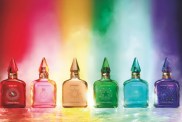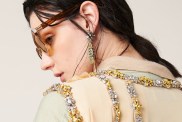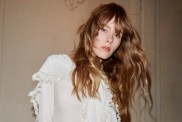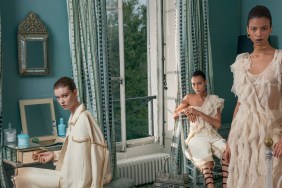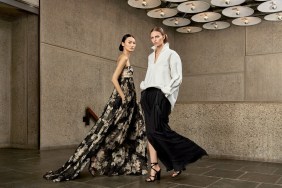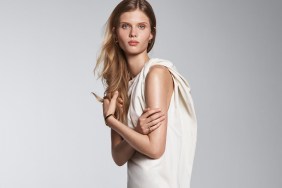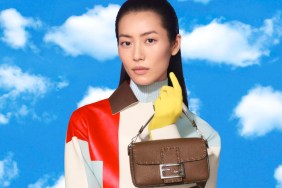Vlad Voloshin was a nursing student in Moscow Russia before immigrating to the US in ’91. Dissatisfied with studying medicine and working in hospitals and research labs, he changed his career path and entered a MA program in Art History, concentrating on the art of Weimar Germany. Shortly after graduating in 2000, he switched to photography. In 2003, Vlad moved to New York to work as a photographer.

Q: How did you get started?
A: After finishing a MA in art history, I decided not to pursue a doctorate and took a year off to do some soul searching. Photography ended up as the perfect choice because of my love for graphic art and the fact that digital photography, multimedia, and film are increasingly interconnected, allowing me to expand in any direction I might wish in the future. Already loaded with a rich visual theory background all I had to do was to take some classes in a technical college in Chicago , where they wouldn’t bother me with more theory, but rather show me concrete skills.
Q: How does New York City inspire you?
A: New York first and foremost is all about people, especially ethnic neighborhoods and places like East Village and Williamsburg. Of course some architectural elements, leftovers from previous decades, should be mentioned, but my perception of the city is heavily influenced by cinematic New York, so anything I see is usually occluded by some scene from the movie.

Q: Tell me a story about the greatest challenge that you’ve had to overcome
A: The greatest challenge to date is being a freelance photographer in New York . But the journey is in itself the reward, for which I am very grateful.
Q: What is your greatest accomplishment so far?
A: “Wicked Dames” series which was included in the American Photo magazine as a finalist in the Images of the Year 2007 competition.

Q: Who are your favorite artists?
A: Artists that rely heavily on chiaroscuro in their work, e.g. Georges de la Tour or Caravaggio. Also, of course, surrealists especially Dali, Paul Delvaux and Hans Bellmer. American realists such as E. Hopper and T.H Benton. Hopper’s work definitely shares a lot with film noir. In photography, there is a lot, but Helmut Newton’s work made me actually start taking pictures.
Q: How many hours a week do you spend on photography?
I spend pretty much all day doing something that relates to photography – if not actually shooting or editing, I scout locations, read books related to my current projects, or watch noir films.

Q: How do you distinguish between artistic work and commercial work?
A: Theoretically there is no difference between artistic work and commercial work, but in reality there is a line which is created by demands of the market. Personally, I don’t draw any lines. They get drawn for me by other people.

Q: Do people understand your art?
A: People who understand this series the best are those who are already attuned to retro culture, aesthetic of black and white film, and a sense of nostalgia.
Q: What drew you to the noir aesthetic?
A: The “Wicked Dames” series was designed to be a very light hearted, tongue in cheek series, which slowly started turning into something darker later on. Although originally inspired by Sin City the movie, it moved away from it into the realm of 1940s film noir. Noir as a genre is, in a sense, very unusual for American mainstream film industry because it has a pessimistic undercurrent, which is more common to European film. Maybe it is because many noir film directors were refugees from Europe .
Noir turns “American Dream” into “American Nightmare” and this is one of the things that inspire me. My project is also about nostalgia, which I see as a “loss” of a certain way of life, not necessarily the life in 1940s, which I wouldn’t know anyway. I am also inspired by the expressionistic use of light in those 40s films, and, in a way, I set out to explore this approach to light; something that requires a lot of technical precision. Styles of costumes are primarily inspired by late 30s early 40s designs, which are my favorite, but occasionally I had to style the shoot in 1950s style, simply because of availability of the wardrobe.

Q: What’s next?
A: Next is a fashion series which is based on my “Wicked Dames” project and then, down the road, film, and collaboration with other artists.

Photos courtesy of Vlad Voloshin.


